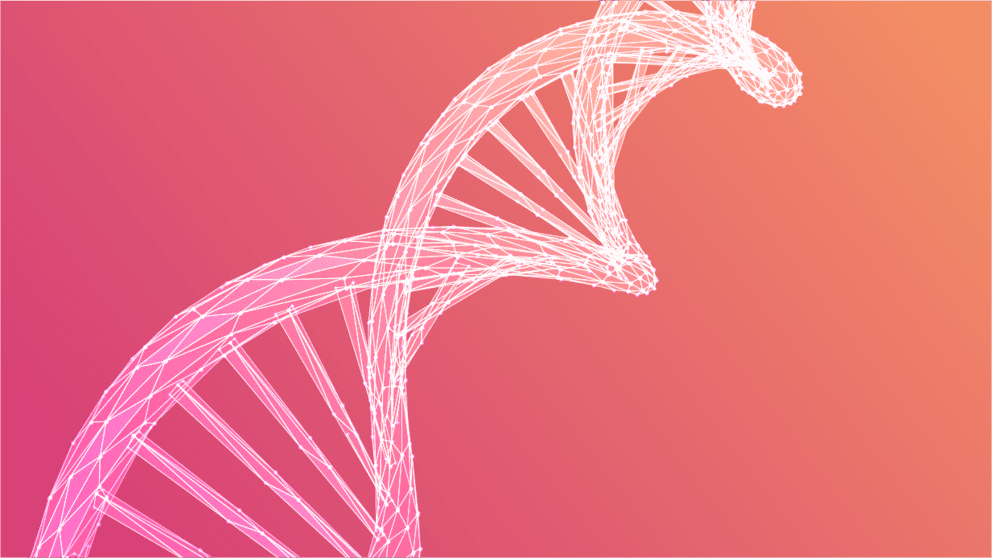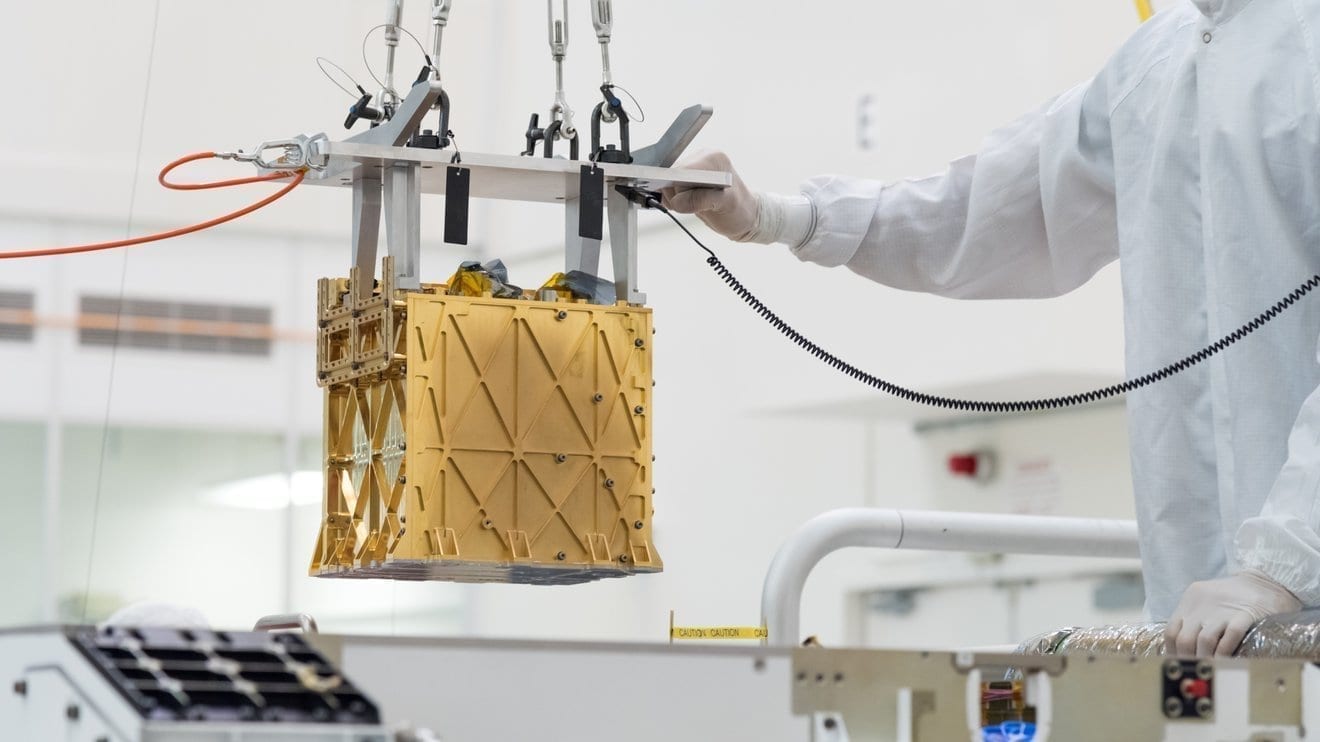
A new approach to gene editing, developed by Penn State researchres, using the CRISPR/Cas9 system to bypass disease-causing mutations in a gene.
IMAGE: IURIIMOTOV/FREEPIK.COM
A new approach to gene editing using the CRISPR/Cas9 system bypasses disease-causing mutations in a gene, enabling treatment of genetic diseases linked to a single gene, such as cystic fibrosis, certain types of sickle cell anemia, and other rare diseases.
The method, developed and tested in mice and human tissue cultures by researchers at Penn State, involves inserting a new, fully functional copy of the gene that displaces the mutated gene.
A proof-of-concept for this approach, developed by researchers at Penn State, is described in a paper appearing Apr. 20 in the journal Molecular Therapy.
The CRISPR/Cas9 system has allowed promising new gene therapies that can target and correct disease-causing mutations in a gene. In this process, Cas9 — a bacterial protein — cuts DNA at a specific location, where the genetic sequence can then be edited, trimmed, or a new sequence inserted before the DNA is repaired. However, there are two main limitations to current repair strategies. First, the common repair strategy, called “homology-directed repair,” requires using specific proteins within the cell that are only present during cell division, which means the gene repair process cannot be used in most adult tissues where cell division occurs rarely.
“The second challenge stems from the fact that even when a disease is caused by a single gene, it can result from a variety of different mutations within that gene,” said Douglas Cavener, professor of biology at Penn State and senior author of the paper. “With homology-directed repair, we’d need to design and test the strategy for each and every one of those mutations, which can be expensive and time-intensive. In this study, we designed an approach called Co-opting Regulation Bypass Repair (CRBR), which can be used in both dividing and non-dividing cells/tissues and for a spectrum of mutations within a gene. This approach is especially promising for rare genetic diseases caused by a single gene, where limited time and resources typically preclude design and testing for the many possible disease-causing mutations.”
CRBR takes advantage of the CRISPR/Cas9 system and a cellular repair pathway called “non-homologous end joining” to insert a genetic sequence between a mutated gene’s promoter region — the genetic sequence that controls when and where the gene is functional — and the mutated portion of the gene. The newly inserted sequence contains a condensed version of the normal gene that is used in place of the mutated version. A terminator sequence at the end of the inserted sequence prevents the remaining downstream mutated gene from being used. Because CRBR does not rely on the proteins required by homology-directed repair, it can be used in all types of adult tissues.
“Our approach co-opts the native promoter for a gene,” said Jingjie Hu, a graduate student at Penn State and first author of the paper. “This means that the newly inserted gene will be expressed at the same times and at appropriate levels within the cell as the gene it is replacing. This is an advantage to other types of gene therapies, which rely on an external promoter to drive high levels of expression of the gene that could lead to negative effects if too much is produced or if essential regulation response is missing under certain physiological conditions.”
The research team conducted a series of proof-of-concept experiments to demonstrate the utility of this method. They first focused on the PERK gene, mutations in which can lead to a rare disease called Wolcott-Rallison syndrome. The syndrome results when copies of the gene inherited from both parents have mutations — it is a “recessive” disease — and can cause neonatal diabetes, skeletal problems, growth delay, and other symptoms.
The researchers inserted the PERK gene in healthy mice using CRBR and bred them with mice that had a mutation in the gene. The resulting mice, which contained one CRBR-edited PERK gene and one mutated PERK gene, did not have the typical abnormalities associated with the syndrome, indicating that the CRBR-edited gene can rescue PERK gene function in a mouse model of the Wolcott-Rallison syndrome.
Next, the researchers tested the CRBR method in human tissues, in this case focusing on the insulin gene. They inserted a green fluorescent protein marker gene sequence between the insulin gene promoter and the insulin coding sequence in human cadaver cells. This experiment resulted in the expression of the fluorescent protein in the insulin secreting cells, but not other cell types, which suggests the new sequence was strictly regulated under the control of insulin promoter.
“Our results demonstrated that CRBR gene repair can restore PERK gene function in mice and revealed the potential utility of CRBR for gene repair in human tissue,” said Hu.
The researchers note that gene editing with CRISPR/Cas9 can be error prone. For example, homology-directed repair based strategies could potentially produce damaging mutations in the coding sequence if repair does not happen properly. With CRBR, the researchers target the insertion within a region of the gene that does not code for protein, which should be more tolerant of these errors.
“Gene therapies such as CRBR that utilize CRISPR/Cas9 continue to face the challenge of delivery repair machinery into the cells of interest,” said Cavener. “One promising development is to isolate cells or tissues from the afflicted patient, repair a mutant gene in the laboratory, and then transplant the repaired cells or tissues back into the patient. We hope that, as researchers continue to improve delivery methods, CRBR can be utilized to treat Wolcott-Rallison syndrome as well other human genetic diseases.”
Original Article: Bypassing broken genes
More from: Pennsylvania State University
The Latest Updates from Bing News & Google News
Go deeper with Bing News on:
CRISPR/Cas9
- Buy Rating on Crispr Therapeutics AG Backed by Exa-cel’s Precision and Favorable Safety Profile
Salim Syed, an analyst from Mizuho Securities, maintained the Buy rating on Crispr Therapeutics AG (CRSP – Research Report). The ...
- This AI Just Designed a More Precise CRISPR Gene Editor for Human Cells From Scratch
Based on large language models—the tech behind the popular ChatGPT—Profluent's AI designed a new gene editor and put it to work in human cells.
- Study uncovers drug target in a protein complex required for activation of NF-κB
A new paper by Dana-Farber Cancer Institute scientists lays the foundation for targeted therapies to inhibit the activation of nuclear factor kappa B (NF-κB), a transcription factor that plays a role ...
- Peninsula biotech co-founded by Jennifer Doudna lands CRISPR gene-editing pact with Regeneron
The big deal between Regeneron and a Peninsula biotech co-founded by Jennifer Doudna is also a small deal. And that’s a huge deal.
- Regeneron and Mammoth strike $100M deal to pair tiny CRISPR editors with new delivery idea
Regeneron is expanding its genetic medicine efforts and will work with California startup Mammoth Biosciences on gene-editing programs reaching parts of the human body beyond the liver, the companies ...
Go deeper with Google Headlines on:
CRISPR/Cas9
[google_news title=”” keyword=”CRISPR/Cas9″ num_posts=”5″ blurb_length=”0″ show_thumb=”left”]
Go deeper with Bing News on:
Co-opting Regulation Bypass Repair
- 10 Best VPN Services Of 2024
He is a well-known expert in cybersecurity and computer forensics, and is the author or co-author of many books and articles. His work in this field spans four decades. He was the founder of Kroll ...
- Thinking of getting a second car? An eBike might be a better choice
In the face of inflation, rising fuel costs and environmental concerns, many households are reevaluating their transportation needs. Opting for an electric bike (eBike) as an alternative to purchasing ...
- 10 best window repair companies in Wheat Ridge, Colorado
If they malfunction, a window repair servicer can find and address the problem. To help you select the right company, we've assembled a list of the best window repair services in Wheat Ridge.
- 10 best roof repair companies in Colorado Springs, Colorado
Roofers usually need a license to carry out roofing work, but the state of Colorado doesn't require one. Check with your city or county for local regulations. When researching roof repair ...
- Big Tech's inside job
Big Tech may hate regulation, but it doesn't mind using it to regulate any startups that might wind up threatening its dominance in the marketplace. Co-opting startups is a clever strategy.
Go deeper with Google Headlines on:
Co-opting Regulation Bypass Repair
[google_news title=”” keyword=”Co-opting Regulation Bypass Repair” num_posts=”5″ blurb_length=”0″ show_thumb=”left”]










